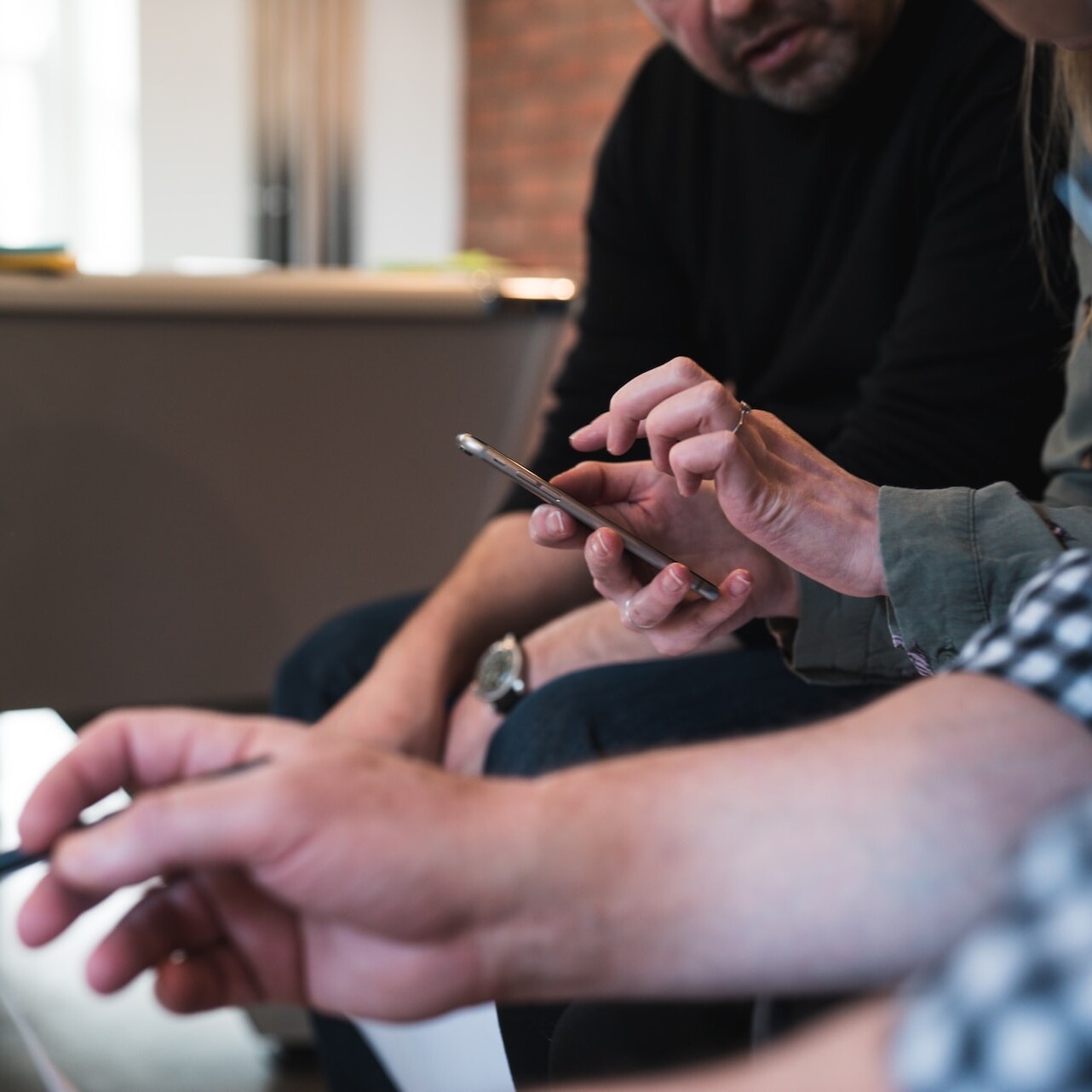- Home
- Development
- The Evolution of Process: Agile Design
The Evolution of Process: Agile Design
The praises of collaboration, creative briefs, project management styles and design thinking – though valid and effective – have all been sung. Creative teams are now looking to expand and experiment with new processes, moving far away from the traditional design project management style, hoping to crack the code in design process reinvention. With most creative teams working on projects ranging from UI/UX to content strategy, the process of agile design lends itself to an elastic, fluid journey to the end product.
The Agile Approach is All About Communication
The research, design/development, marketing, and customer support teams all need to be in constant conversation so that they know what needs to be done. Then, the information must be structured in a way that allows all the teams to play their respective roles to improve on the product in an organized way whether it’s changing the graphic design or fixing various bugs. For many companies, the agile approach is a constantly regenerating process.

Agile Design is All Inclusive
Creating the the ideal product or campaign for the project is always a winding road, and one with many possible outcomes. Many traditional design processes tend to silo the phases of a project, leaving only the polished outcomes for the client to see. Through the implementation of agile design, its important to involve all stakeholders at each phase of the project to gain important insights that can drive an optimized final product. Each member of the team from design, content, client to development have valuable skillsets to bring to the table, increasing the effective nature of the design process. With this method of continual development, problems and/or stuck spots can be handled in a seamless manner with the team adjusting as they go, avoiding major setbacks or project delays.
The Agile Method Will Become Habitual
Through regular communication and optimization, the agile design process becomes second nature. By compartmentalizing specific problems or sections of a project, a team can truly hone in on a solution, even meeting several times a day for a quick huddle to problem solve. The agile process becomes much less cumbersome than sitting down to a long winded meeting to run through many apects with stakeholders who may not have insight into that portion of the project. The application of ‘sprint cycles’, ‘huddles’ and other rituals bring an investment to the process that improves the final result and forms positive culture habits.
While agile design may not be appropriate for a companywide implementation, it is ideal for smaller teams and specialized projects that require continual optimization. When working with larger projects such as ecommerce, agile design may be applied to portions of the project that need greater attention to specific details.



